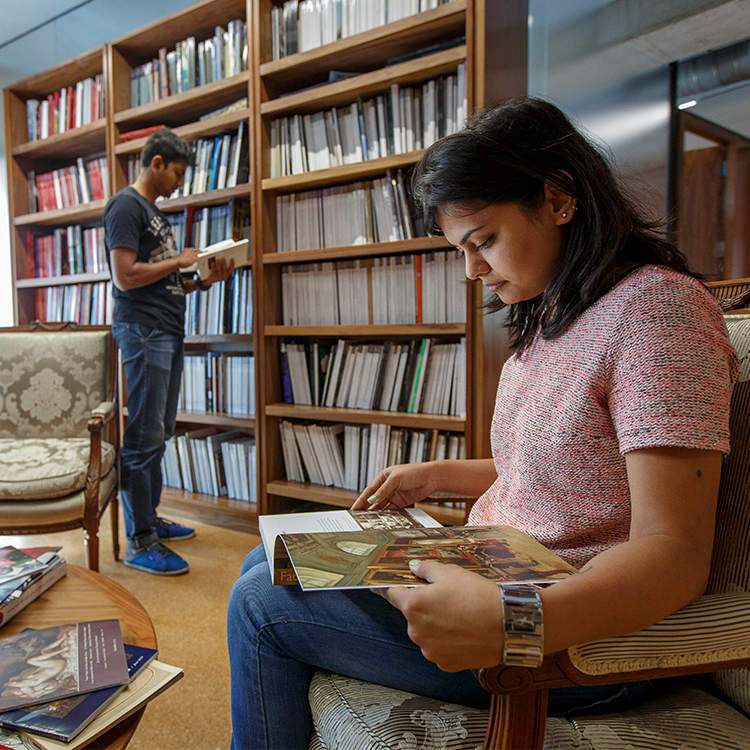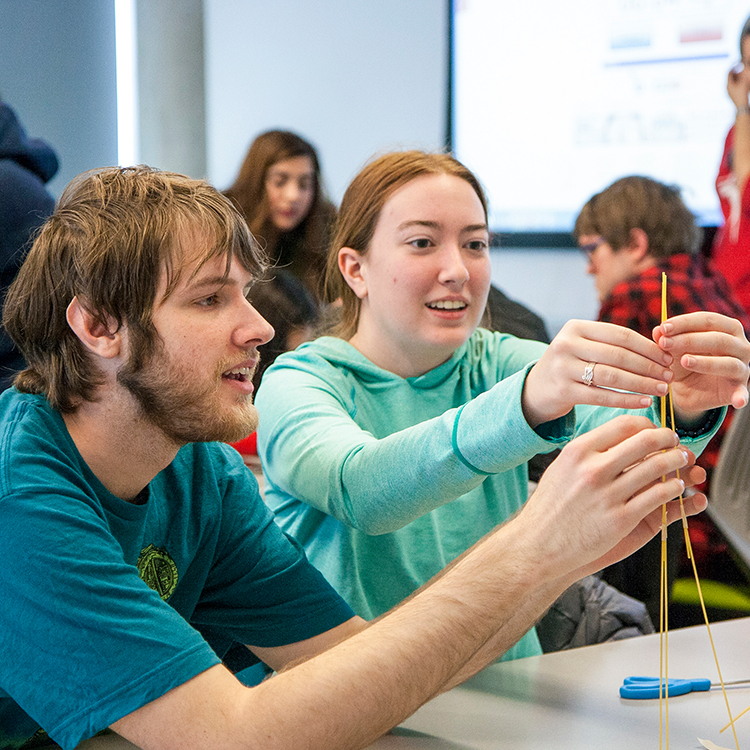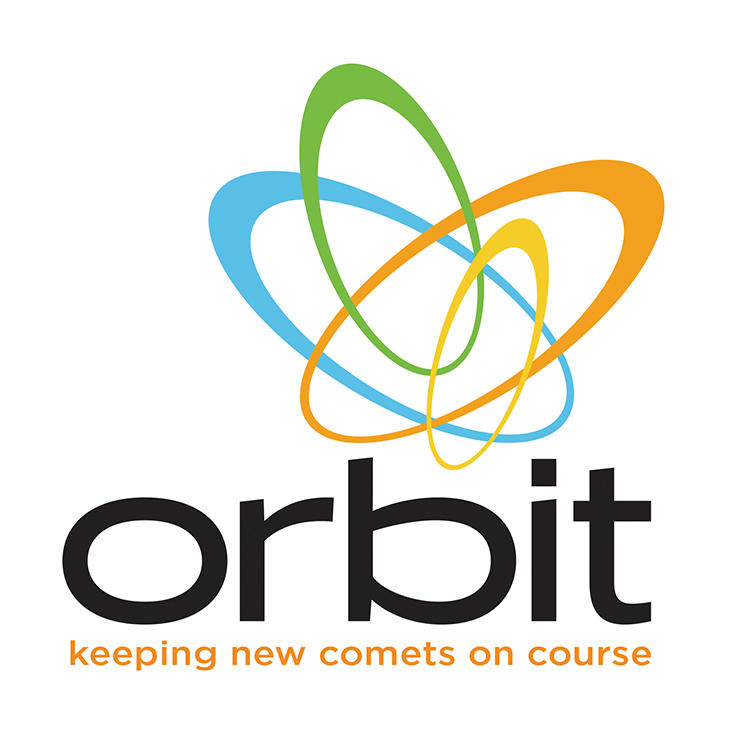
Progress continued on the new 200,000-square-foot Engineering Building.
Also known as Engineering West, the building will primarily house the Department of Mechanical Engineering. It is scheduled to be completed in fall 2018.
Engineering West will contain classrooms, research and teaching labs, faculty offices, student workspaces, and a 300-seat auditorium that will be named in honor of Dr. Alexander Clark, a former vice president of academic affairs and one-time acting president of the University. It also will include a third-floor student lounge with a balcony and a landscaped courtyard with seating to provide additional study and collaboration space.
Construction also began on the new 186,000-square-foot Science Building (architect’s rendering pictured). The multistory building will house the Department of Physics, the William B. Hanson Center for Space Sciences, and several classrooms, offices, and teaching and research labs. It will have a 300-seat lecture hall and a 150-seat lecture hall, along with an open courtyard with green space and seating areas.
Also underway is the second phase of Northside, which will include 900 apartment beds and 6,600 square feet of retail space.
–Chase York

Fall marked the first semester for students admitted to the master’s program in the Edith O’Donnell Institute of Art History.
The new degree, offered through the School of Arts and Humanities, is a major milestone in a plan first laid out when Edith O’Donnell provided the initial gift that led to the institute’s creation in 2014.
“We are looking for strong undergraduate applicants with a background in art history who want to take the next steps in either their professional or academic career,” said Dr. Sarah K. Kozlowski, assistant director of the institute.
Dr. Paul Galvez, research fellow and curriculum coordinator, stressed the value of the “object-based program.” Students will work closely with collections throughout Dallas and Fort Worth.
A student’s first year in the 16-month intensive program covers foundational skills and knowledge taught by faculty and will include critical curatorial skills. Students will also participate in seminars covering topics such as architecture and photography.
–Chase Carter

The School of Arts, Technology, and Emerging Communication (ATEC) recently rolled out new curricula for all of its degree programs.
The degrees will be known as the Bachelor of Arts, Master of Arts, Master of Fine Arts and PhD in arts, technology, and emerging communication. The changes allow students to select a pathway of study.
“The changes to the ATEC curriculum blend history and theory with creative practice and critical analysis,” said Dr. Anne Balsamo, dean of the school.
At the undergraduate level, students earn a bachelor’s degree in ATEC with a focus in one of the following pathways: animation, design and production, critical media studies, games, or mediated communication.
At the graduate level, students earn a Master of Arts with a focus in game studies, network cultures or interactive design. Students earning a Master of Fine Arts in ATEC select a focus of game development, animation or creative practice.
The PhD program emphasizes the fusion of creative with critical thinking, theory and practice
–Brittany Magelssen
Bachelor of Arts in philosophy
School of Arts and Humanities
Master of Science in social data analytics and research
School of Economic, Political and Policy Sciences
Bachelor of Science in human resource management
Naveen Jindal School of Management

A new program is preparing students from underserved communities to become Comets before they even enter high school.
About 30 seventh-graders from the Dallas Independent School District and surrounding districts are Future Comets. The Office of Diversity and Community Engagement started the program in the fall.
“Our goal is to help students from underserved backgrounds become successful UT Dallas students,” said Dr. George Fair, vice president of diversity and community engagement and dean of the School of Interdisciplinary Studies.
Future Comets spend time on campus each month for activities, including math enrichment, leadership development, introduction to STEM careers, and assistance with college entrance exams and financial aid applications at the appropriate time.
Each year, a new group of seventh-graders referred by their schools will join the program.
–Kim Horner

The University’s Quality Enhancement Plan (QEP), focused on first-year students’ engagement and success, was christened “Orbit: Keeping New Comets on Course” as it began the first full semester of its pilot phase.
The naming contest for the program received more than 50 entries.
“The name and the logo associated with Orbit speak to our focus on improving students’ learning through programming for all students in their first year,” said Dr. Jessica Murphy, dean of undergraduate education, who led the QEP selection committee.
The five-year QEP will begin in fall 2018 following a review by the Southern Association of Colleges and Schools Commission on Colleges this spring. The QEP process is a requirement for maintaining the University’s accreditation.
–Stephen Fontenot